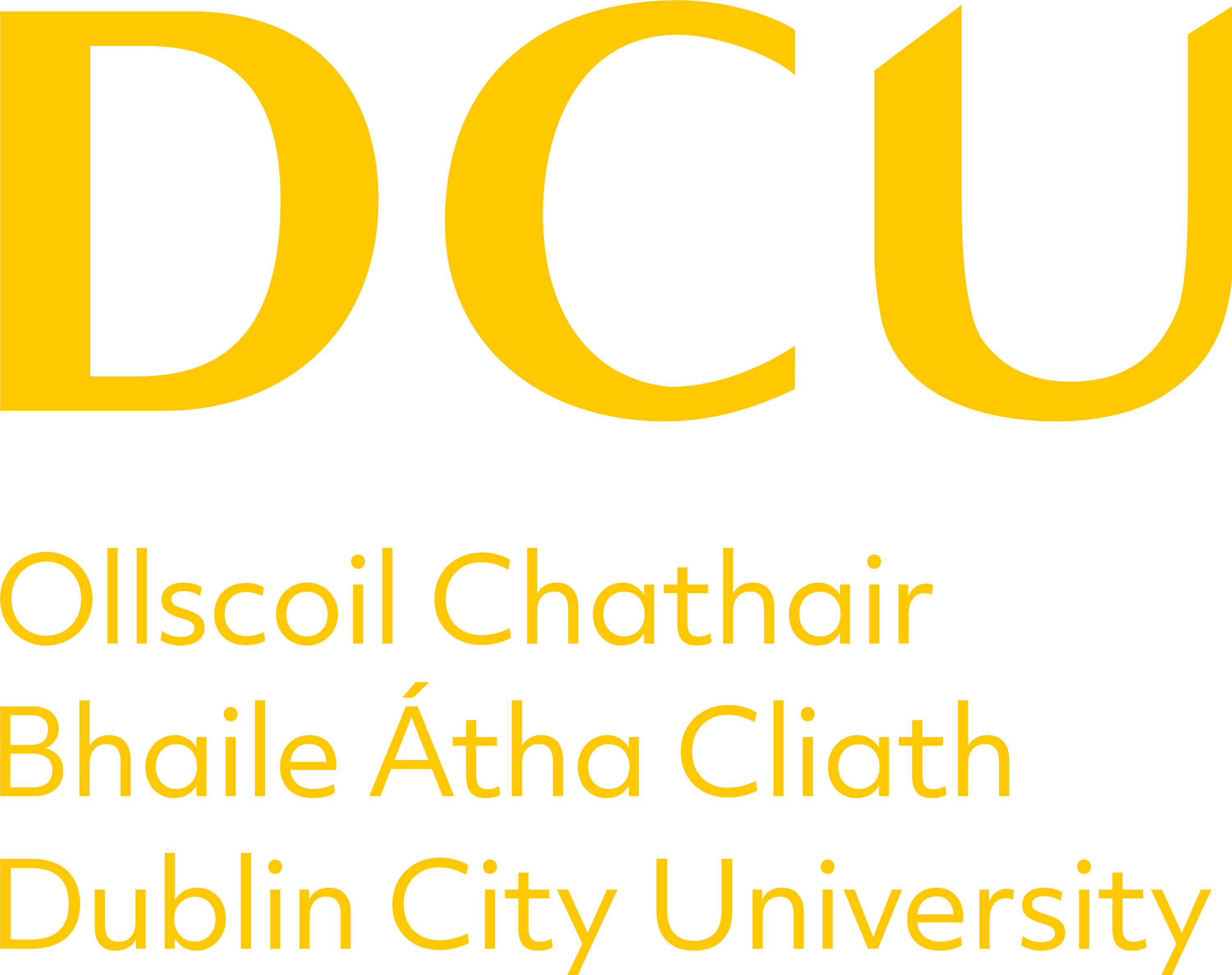|
Module Title |
Data Communications & Network 2
|
|
Module Code |
EE321
|
|
School |
School of Electronic Engineering
|
Online Module Resources
|
| Module Co-ordinator | Dr Jennifer McManis | Office Number | S330 |
|
Level |
3
|
Credit Rating |
5
|
|
Pre-requisite |
None
|
|
Co-requisite |
None
|
|
|
Module Aims
|
The aim of the module is to introduce the students to higher network layer-related concepts and in particular to develop their understanding of transport and application level protocols.
Students will be introduced to the requirements of modern data transport for real-time applications.
Students will be introduced to the concept of network quality of service (QoS)
Students will analyse the implications of QoS on data transport and how this affects the users.
|
|
Learning Outcomes
|
On completion of this module, the student will be able to
1.Describe network Quality of Service metrics (P1, P3)
2.Analyse the impact of QoS metrics on traffic delivery for different traffic types. (P1, P2, P3)
3.Describe network protocols at the application and transport layers and assess their appropriateness for transport of various traffic types. (P2, P3)
4.Compare different network implementations and analyse their benefits and deficiencies in delivering different types of data (P1, P2, P3, P4)
5.List relevant standards and standards bodies and identify QoS parameter values using standards. (P1, P2)
|
|
Indicative Time Allowances
|
|
|
Hours
|
|
Lectures |
24
|
|
Tutorials |
|
|
Laboratories |
24
|
|
Seminars |
|
|
Independent Learning Time |
27
|
|
|
|
|
Total |
75
|
|
Placements |
|
|
Assignments |
|
|
|
NOTE
|
Assume that a 5 credit module load represents approximately 75 hours' work, which includes all teaching, in-course assignments, laboratory work or other specialised training and an estimated private learning time associated with the module.
|
|
Indicative Syllabus
|
|
Network architectures to support data transfer: client-server, file sharing/overlay networks, distributed applications.
Non-real time data transfer applications and protocols. Web service, DNS and HTTP. File transfer and FTP. E-mail service, SMTP, POP3 and IMAP.
Real-time applications. Voice over IP. Video streaming. Transport protocols to support real-time: RTP, RTCP, RTSP, SIP.
QoS parameters and network performance analysis. Loss, delay and delay jitter.
|
| Assessment | | Continuous Assessment | 25% | Examination Weight | 75% |
|
|
Indicative Reading List
|
|
Essential:
James Kurose and Keith W. Ross, Computer Networking: A Top-Down Approach Featuring the Internet, 4th Edition, Addison-Wesley, 2008
Supplementary:
Andrew Tanenbaum, Computer Networks, 4th Edition, Prentice Hall, 2003
Larry Peterson and Bruce Davies, Computer Networks: A Systems Approach, 4th ed., Morgan Kaufmann, 2007
Fred Halsall, Multimedia Communications: Applications, Networks, Protocols and Standards, Addison-Wesley 2004
|
|
|
|
Programme or List of Programmes
|
| BSSA | Study Abroad (DCU Business School) |
| BSSAO | Study Abroad (DCU Business School) |
| DME | B.Eng. in Digital Media Engineering |
| ECSA | Study Abroad (Engineering & Computing) |
| ECSAO | Study Abroad (Engineering & Computing) |
| HMSA | Study Abroad (Humanities & Soc Science) |
| HMSAO | Study Abroad (Humanities & Soc Science) |
| ICE | BEng Info and Communications Engineering |
| SHSA | Study Abroad (Science & Health) |
| SHSAO | Study Abroad (Science & Health) |
| Archives: | |
